March 31, 2021
DevelopmentCommunity
Wearable technology. The process of getting, evaluating the Data and Bringing Value
6 min reading
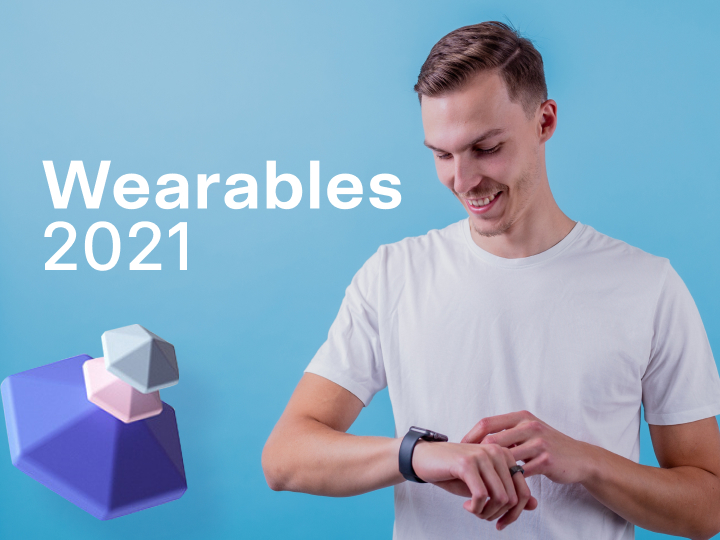
Wearables have been the thing for quite some time already - for the public, it started with the release of the Fitbit back in 2013. Since then, there’s been an endless amount of new, wearable technology, with each innovative product offering exciting new features and methods of assessment. But overall, most wearables still work as measuring devices, gathering overwhelming amounts of data each day, hour, and even minute.
Smart devices are in demand more than ever, with time proving that humans and technology can live in harmony. The imagination of a cyborg-type life is getting more and more realistic, and I believe that wearables are just the first step to the possibility of implementing technology into the human body.
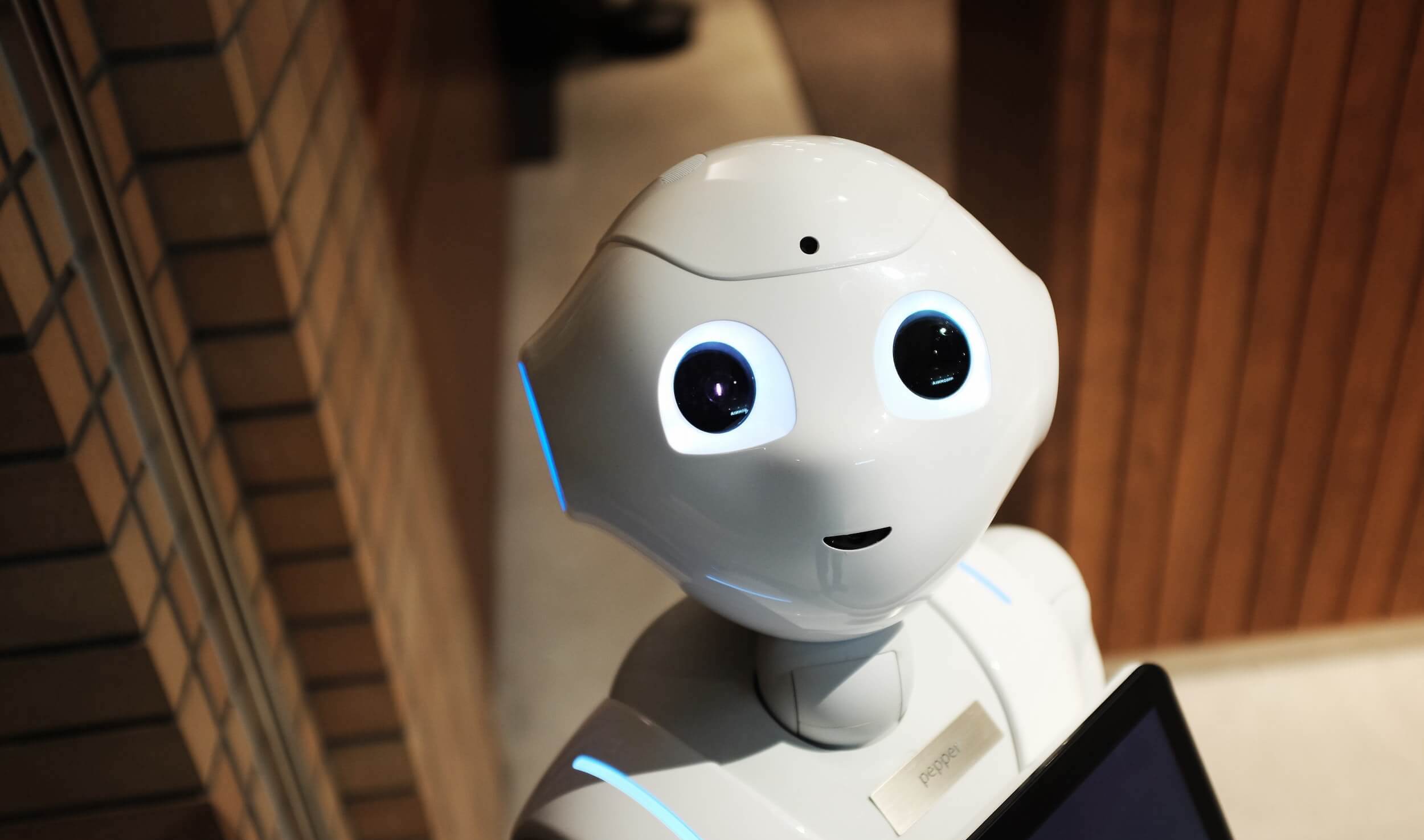
Whether we have the device on or in our bodies, there is still one huge issue - gathering data is only the first part of the process; the other is the evaluation. What do I mean by evaluation? Processing all the physical data about our body, adding data about the environment around us, combined with information about our food intake, mixed with our mental state, checks on previous data, a search for patterns, learning from the past and eventually finding some three-dimensional measurement which will uncover our current human or well-being state.
But what to do with that information? Finding how to feel better, have a better physical condition, cure disease, find a reason for an illness or prevent it - this is only the starting point of what we could do with all this data. (More of this information can be covered from books and research from all around the world).
What can be measured can be improved
We can see that, when thinking about whole complex systems, it is pretty easy to get lost. People perform better when they are focused on a single goal they want to reach - and every goal and output is measurable in some sense, either personal or professional, financial or emotional.
But what can you do to assess the data, and make a decision on how to improve? Let’s take a look at some common trends

Measure
All of us already collect tonnes of data.
As you probably know, your smartphone is gathering a lot of physical and global data, as well as information about what apps you use. These can be immediately used for evaluation, however, the data is not that rich in detail - these wearable devices offer us more in-depth measurement collection.
1. Smart Watches
Smartwatches not only gather data about you, but also provide an interface to use as part of your smartphone functionality, and thus is the most commonly adopted wearable on the market. Out of the best examples, Apple Watch, Withings watch and OnePlus Watch spring to mind. These watches measure:
- Activity data (Stand time, steps, exercise)
- Position tracking
- Sleep
- Heart Rate (BPM) + Heart rate variability + Resting heart rate
- ECG
- Blood oxygen level
- Noise level
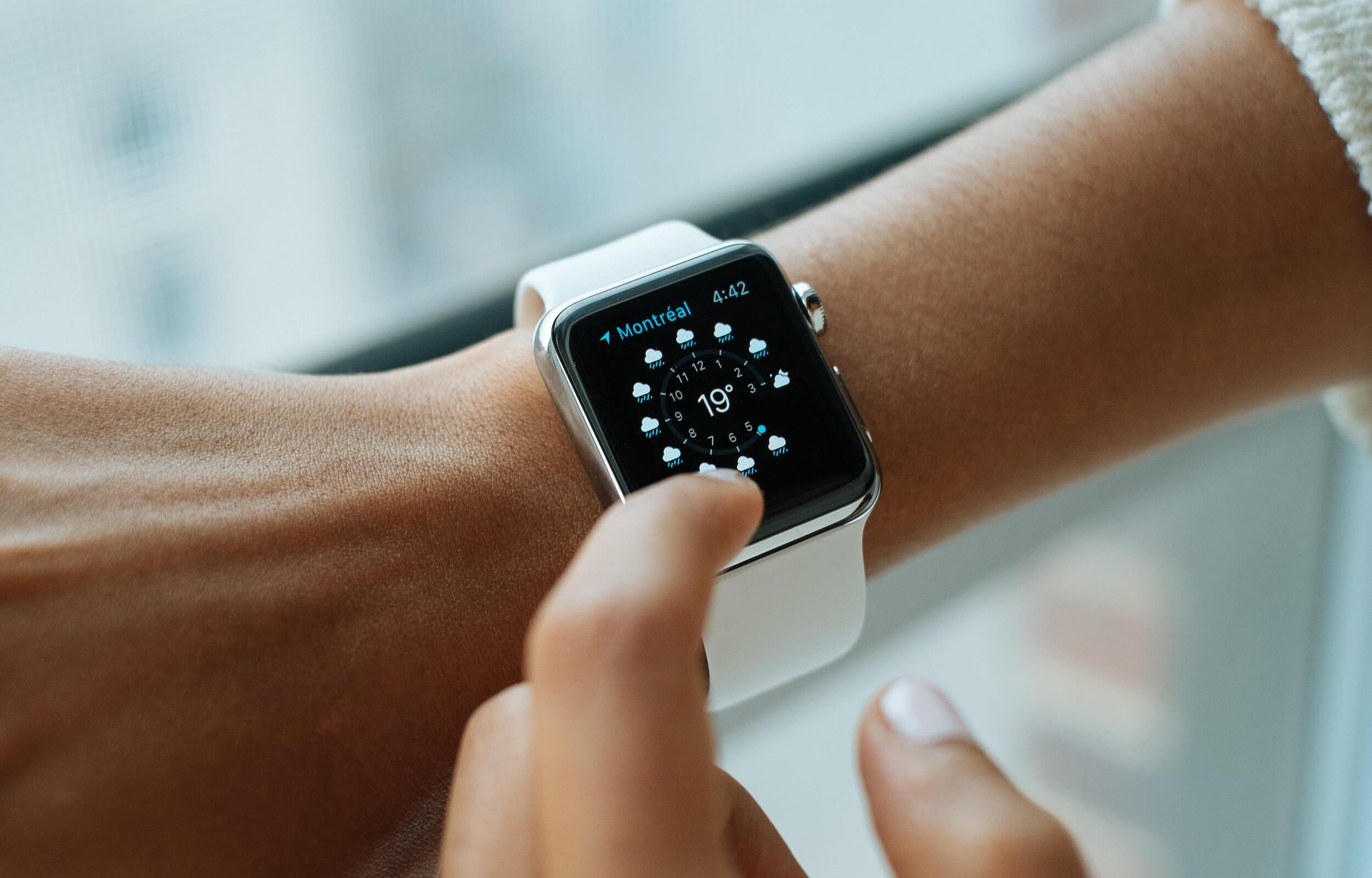
2. Smart Bracelets
There has also been an uptake in more aesthetically sophisticated wearable devices, which are used more like fashion accessories that gather data, rather than an extension of a smartphone interface. Fitbit, Xiaomi, and Bond touch are the most popular producers of these.
However, in terms of data, the measurables are often more limited:
- Activity data (Stand time, steps, exercise)
- Sleep
- Heart Rate (BPM) + Heart rate variability + Resting heart rate
- ECG
3. Smart rings
Smart rings are some of the tiniest on the wearables market. They are mostly focused on quality sleep tracking with limited activity tracking throughout the day to preserve battery life. As an example, feel free to explore Oura ring, Circular and Sleepon.
Smart rings can however help you track the following data:
- Activity data (Stand time, steps, exercise)
- Sleep
- Heart Rate (BPM) + Heart rate variability + Resting heart rate
- ECG
- Respiratory Rate
- Body temperature
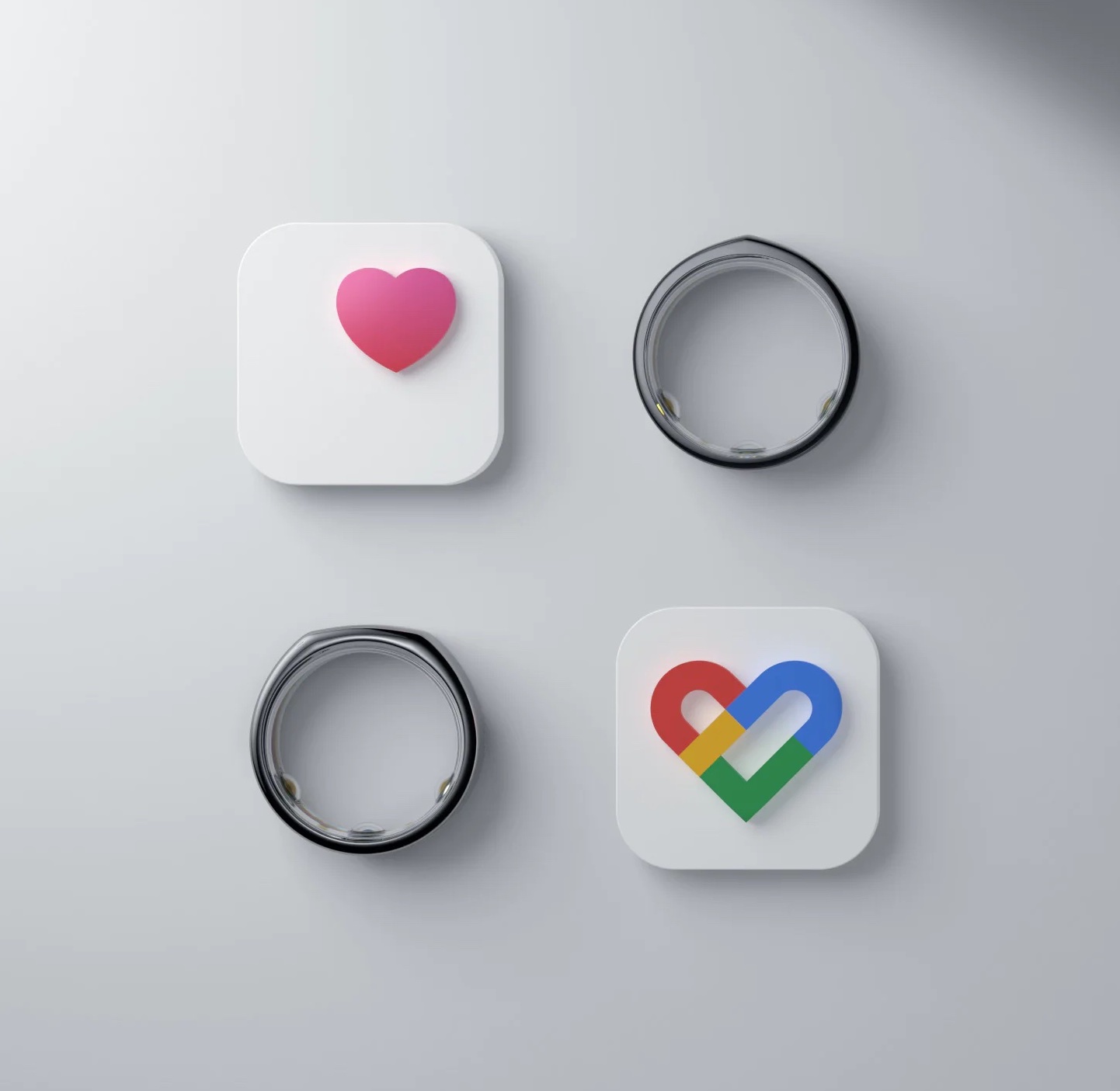
4. Other devices
There are plenty of other promising devices which have been in development for quite some time and are now beginning to enter the market. However, most of them are still not ready for everyday, layman use.
Here are some great examples:
- Sleep hairdresser - Dreem - https://dreem.com
- Smart sole - Digitsole - https://digitsole.com
- Smart pants - WearableX - https://www.wearablex.com
Evaluate
Usually, simple physical data is not enough to help us evaluate and impact some parts of our life, such as wellbeing or mental health. To make wearables worth it, we need to work with the data and search for triggers and consequences. In order to have the whole picture, it is necessary to combine physical data with psychological data, as well as global data about the environment in which we were in.
Data which we have to combine to understand our wellbeing:
1. Physical data (phone + apps + wearables)
- Activity
- Sleep
- Meal intake
- Daily schedule (meetings, work time, …)
- ...
2. Psychological (apps or written form)
- Mood tracking
- Writing feelings and memories (journal)
- Communication with people
3. Global (phone -> position + nationality)
- Weather
- Air quality
- Global+local news and situation (e.g. covid19 and it’s restrictions)
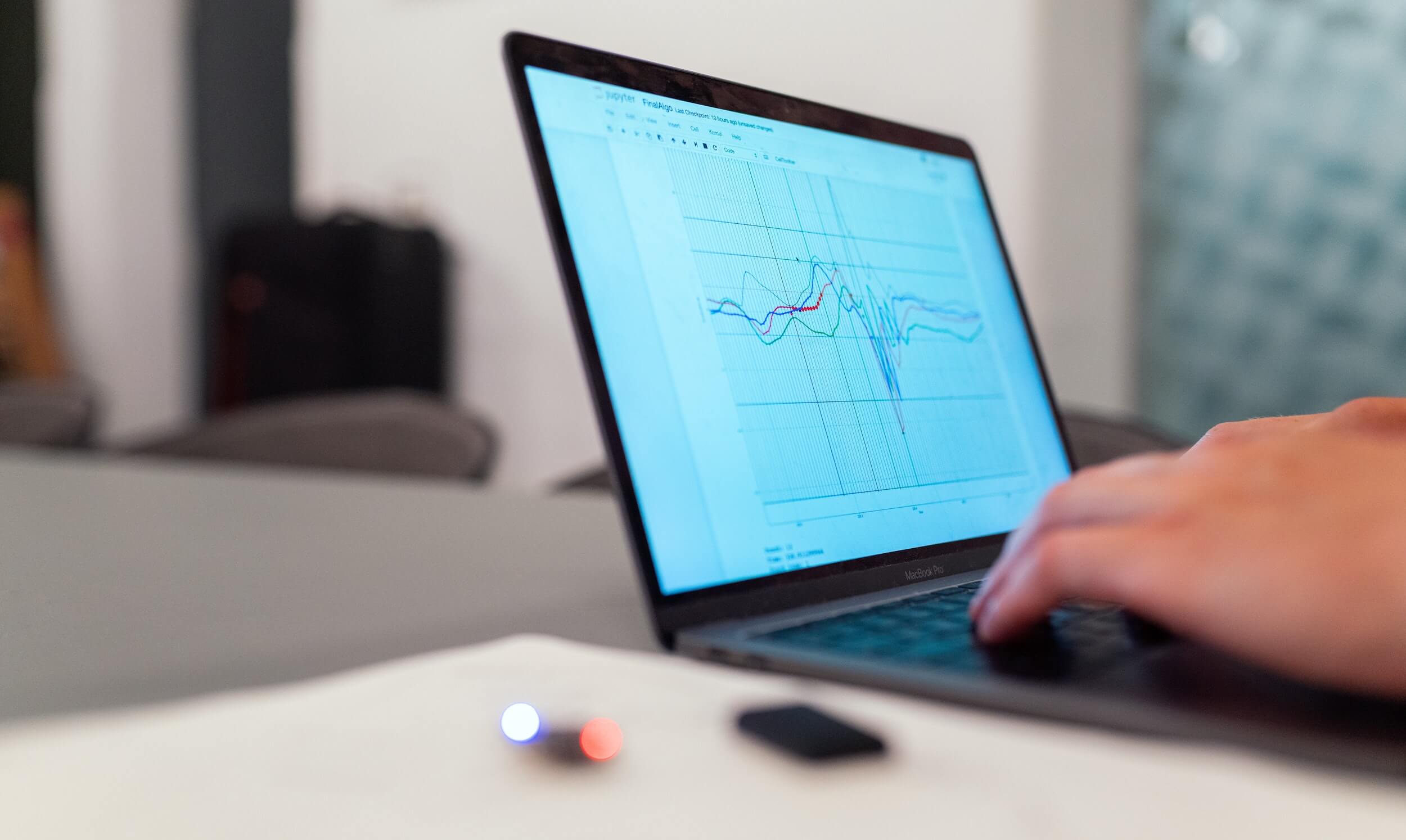
For a human, this is too much information to effectively process and see correlations easily. We need some artificial intelligence to understand us and evaluate the data from our perspective. We see a huge opportunity to help people all around the world combine their current data, and uncover things which they never thought would impact their wellbeing. Qualitative evaluation of data from different sources is one of the main focus of our work at VOS.health
Improve
When we find out what could be causing us inconvenience, it is vital to take further steps in discovering what could be a suitable solution for us to increase our wellbeing; to find these, we can either experiment on our own, or learn from the experience of others and use available literature and research.
As there are a lot of available materials, we at VOS.health are working on processing them for you, offering the best practise and evidence based methods for your requirements. In the form of smart suggestions, we want to provide for you the best output of years of research, from all around the world.
For those of you who like to learn more about your mind and body, I can recommend the following titles:
- Lifespan: Why We Age – and Why We Don't Have To (David Sinclair)
- The Four Agreements: A Practical Guide to Personal Freedom (Don Miguel Ruiz)
- Why We Sleep (Matthew Walker)